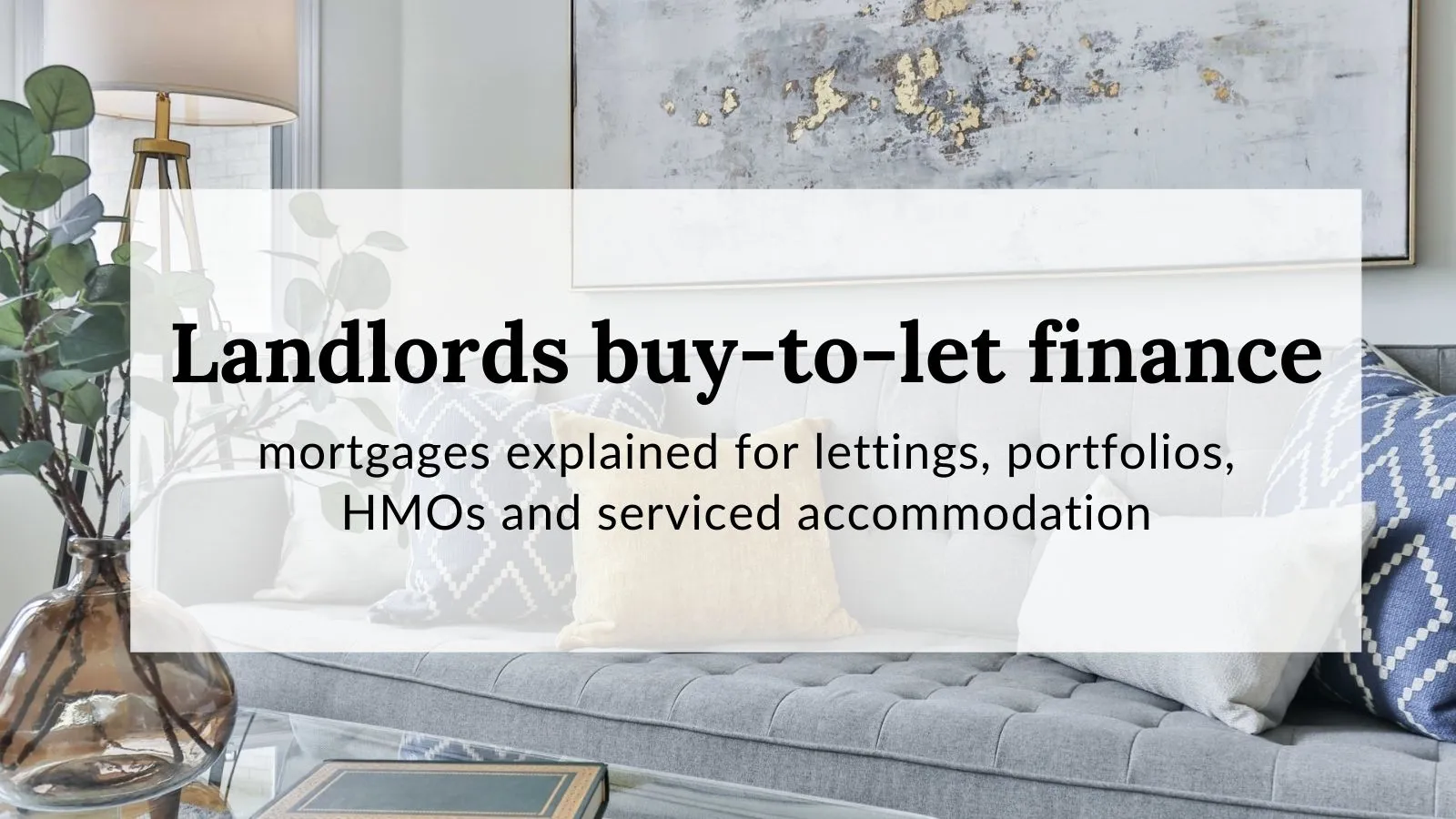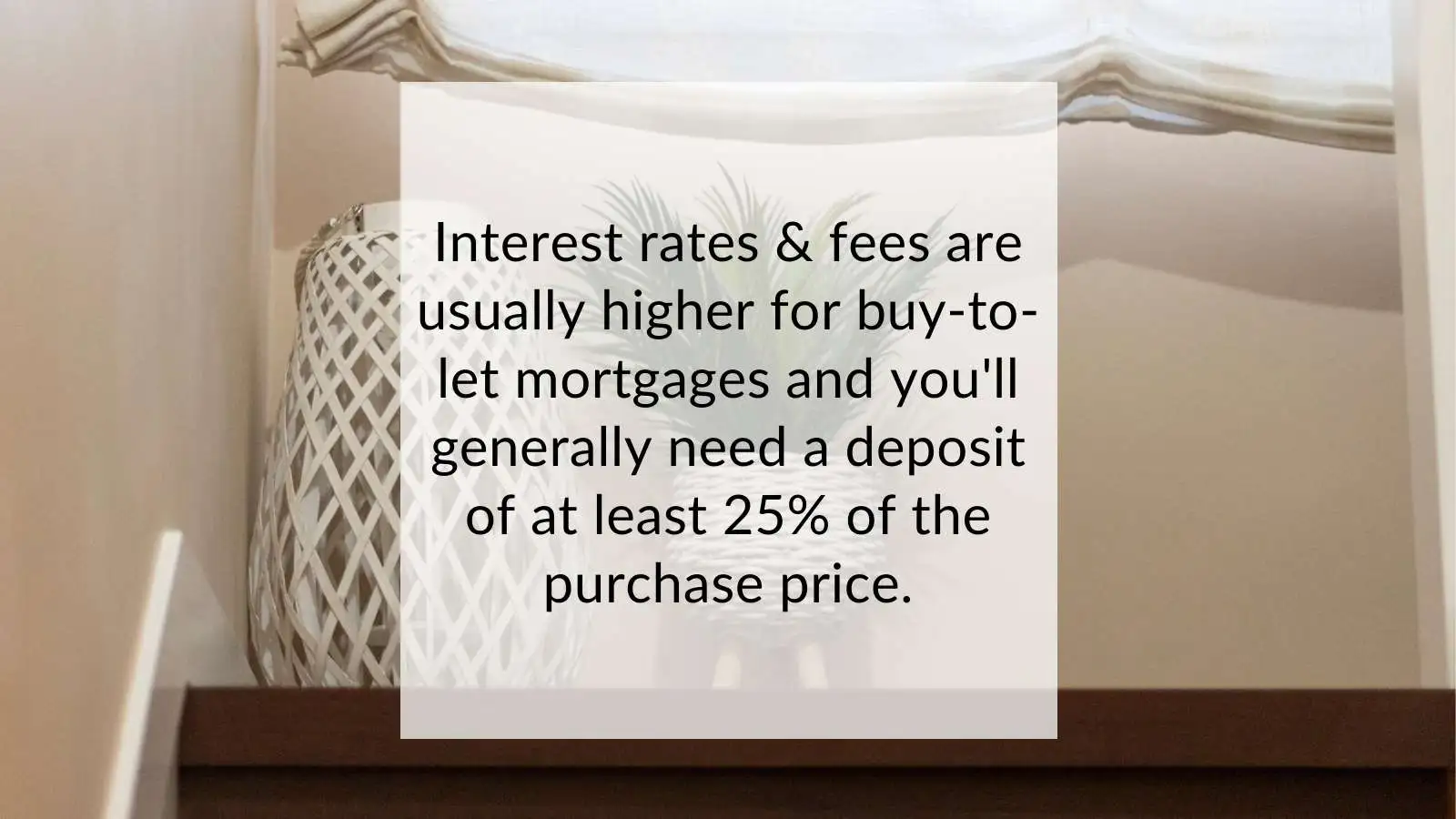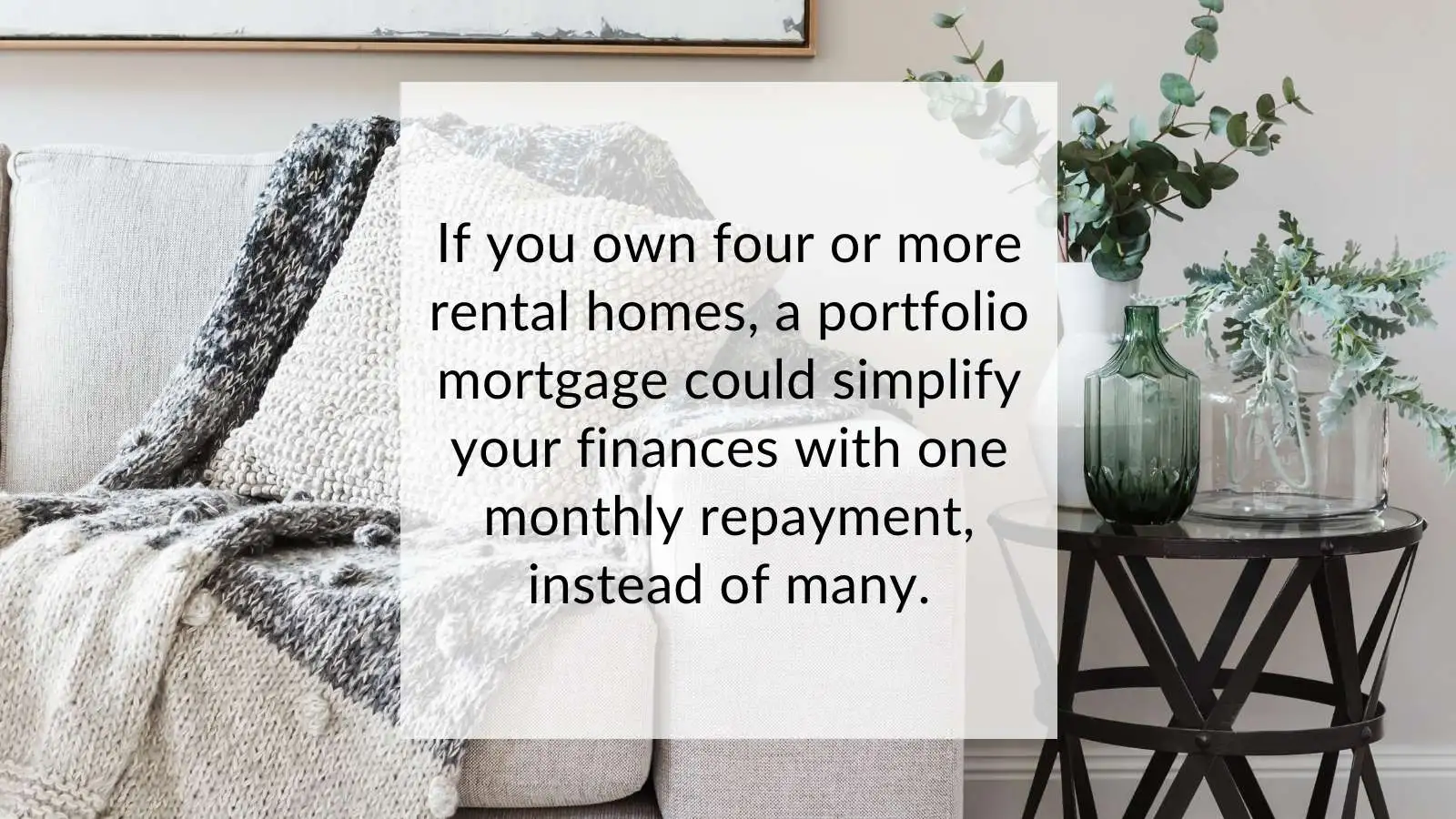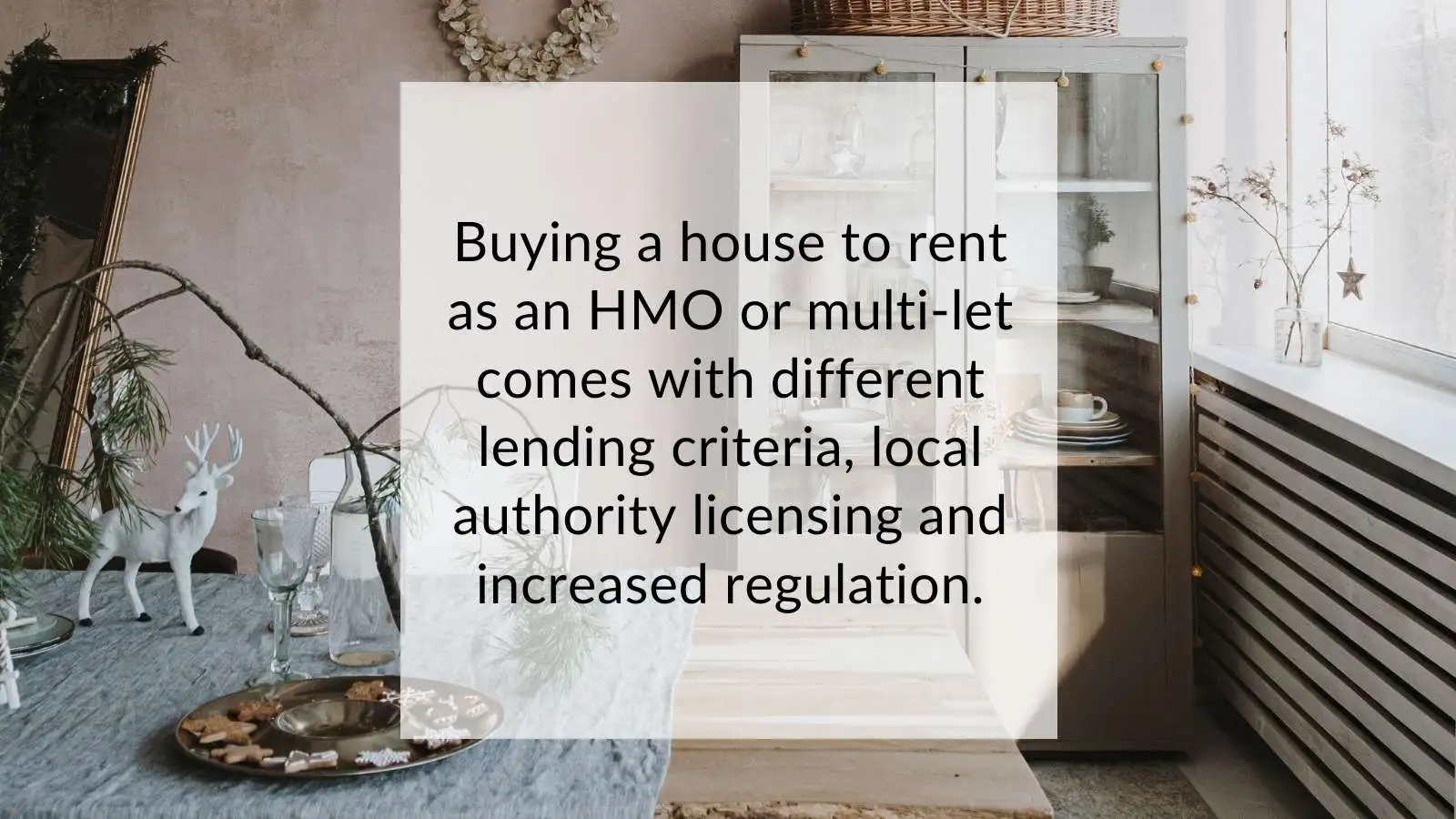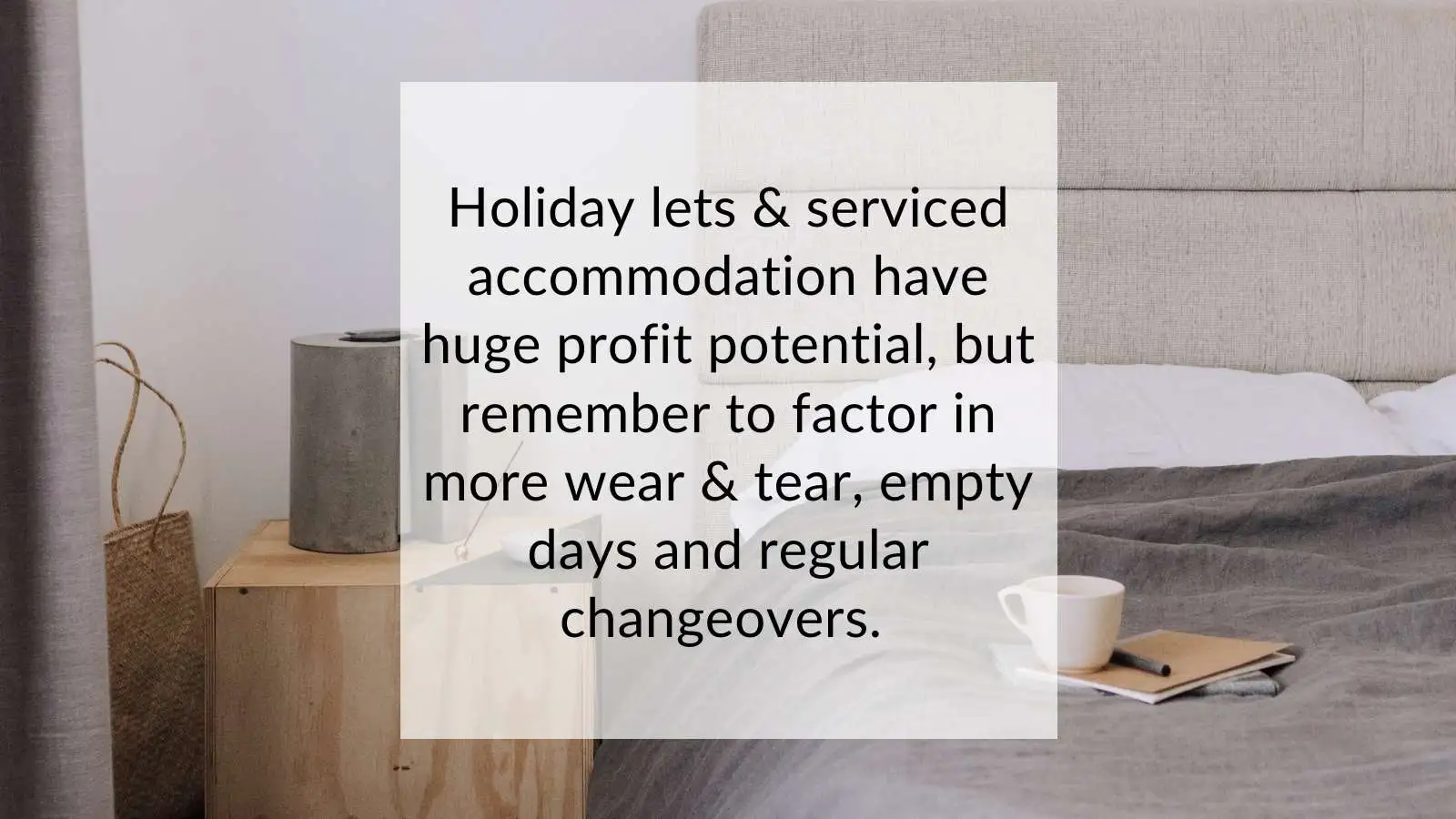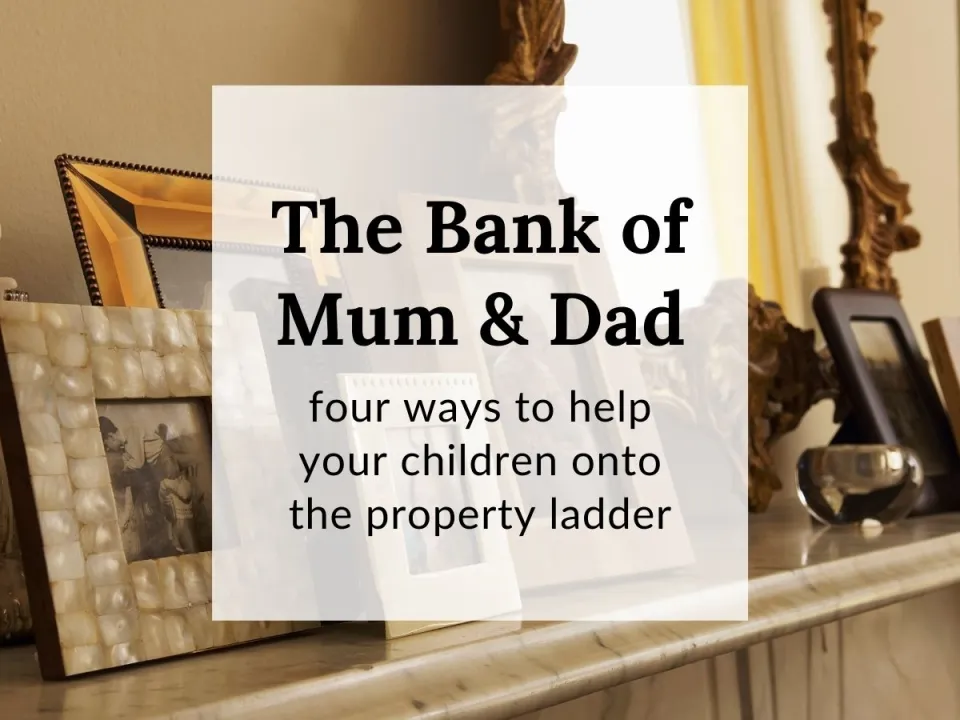Becoming a landlord, growing a portfolio and creating a passive income can help you switch careers, change your lifestyle and build a solid financial future.
There are various models of a buy-to-let business, and you don’t necessarily need to be a property owner to get started. But as you become more experienced, lenders will consider you for the more specialist areas of the market.
Although there are many different lenders and countless different deals, certain criteria apply across the board. Most lenders require the projected monthly income to be at least 125% of the mortgage payments, and buy-to-let mortgages are generally capped at 75% of a property’s valuation. The best rates go to landlords with a 40% deposit.
High street lenders are very active for standard buy-to-let mortgages, with specialist lenders picking up the baton for portfolios, HMOs, serviced accommodation and holiday lets. Arrangement fees and interest rates are usually higher than for residential mortgages, so it makes sense to work with an experienced independent broker to explore the market and get the right deal for you.
Whether you’re considering becoming a landlord for the first time, or you’d like to expand or diversify your portfolio, read on for our handy guide to the different areas of buy-to-let finance.
INDIVIDUAL BUY-TO-LETS
A standard buy-to-let mortgage is the most straightforward and least complicated way of getting into investment property, with the largest number of deals available.

